Table of Contents (click to expand)
Yes, man-made objects can be seen from space. However, most of the visibility is only possible from Low-Earth orbit, and typically under very good conditions, and often with the aid of a high-zoom lens.
Human beings across the world look up at the stars and are amazed by the vastness of space, but only a few lucky members of our species have ever had the privilege of looking down at our planet from the cosmos.
Human beings are also fascinated by making things bigger, better, faster and more impressive (with the exception of technology, which tends to work on the “smaller, better, faster” mantra).
These two common truths of humanity lead us to wonder… can those lucky individuals who get shot into space ever look back at their home planet and see something made by human hands?
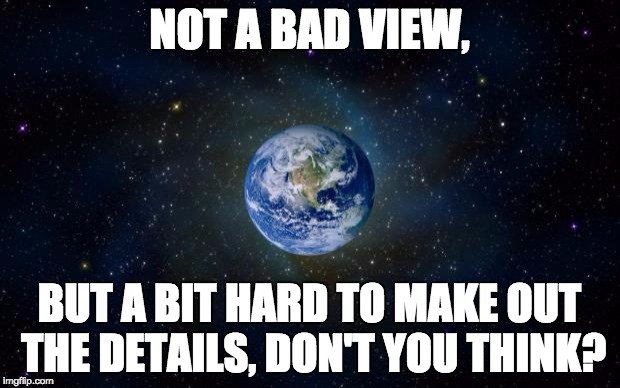
The answer? YES… but some of the man-made objects that can be seen from space may surprise you…
The Great Myth Of The Great Wall Of China
The Great Wall of China, a massive formation that arcs around the southern edge of Inner Mongolia, stretches for more than 13,000 miles (including all of its branches and offshoots), and the oldest parts of the wall date back more than 2,200 years. For centuries, it was considered the largest manmade structure, and since human beings first entered space, the Great Wall has earned a number of titles. These include, the only object visible from space, and the only object visible from the moon.
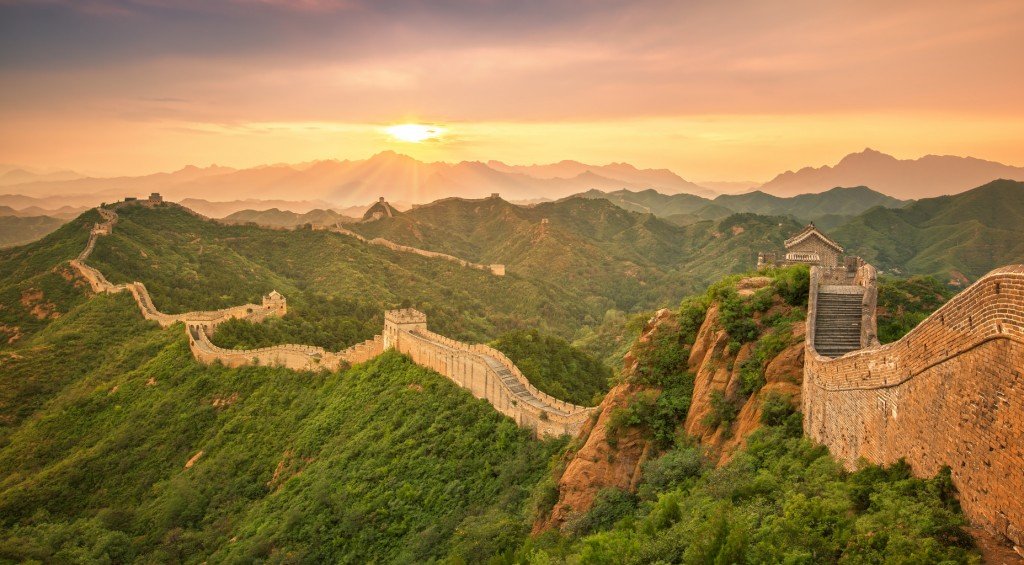
However, as it turns out, both of these claims are false. “Space” is a rather general term, and encompasses everything from the “Low-Earth orbit” (where the ISS orbits our planet, and is defined as being 100-1,200 miles from the surface) to the most distant reaches of the universe – roughly 46.5 billion light-years away.
Even from Low-Earth orbit, the Great Wall is “barely visible” according to most astronauts that have tried to take a peek, and it can only be seen under clear, perfect weather conditions. The color of the wall is mostly brown and tan, which blends in remarkably well with the surrounding environment. The ISS typically orbits at a height of about 350 km above Earth’s surface, and if the Great Wall is barely visible from that height, then it would obviously be impossible to see from the moon, which is more than 230,000 miles away from our planet.
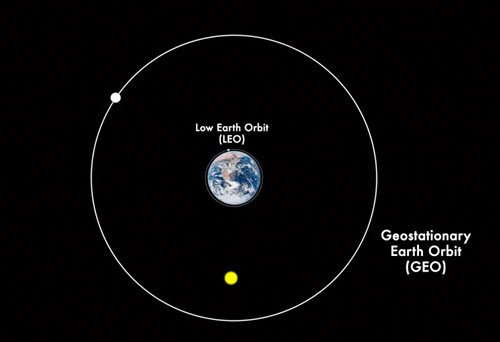
Furthermore, there are many other things made by human hands that can be seen from space….
Also Read: At The Speed Of Light, Could We Reach The Edge Of The Universe?
The Great (And Not-so-great) Structures Of Earth
Cities at Night – The sprawl of human cities is incredibly large – New York metropolitan area covers more than 8,600 sq. km – and for those cities that never sleep, the light they give off at night is enormous. While astronauts may not be able to point out New York, Tokyo, or Sao Paulo during the day, the intense radiant lights of these cities at night is clearly visible from space. The images that have been captured from space (again, at relatively low altitudes, less than 1,000 miles from the surface) are stunningly beautiful, but also a sign of how much electricity and energy is being used every single day to light out metropolises.
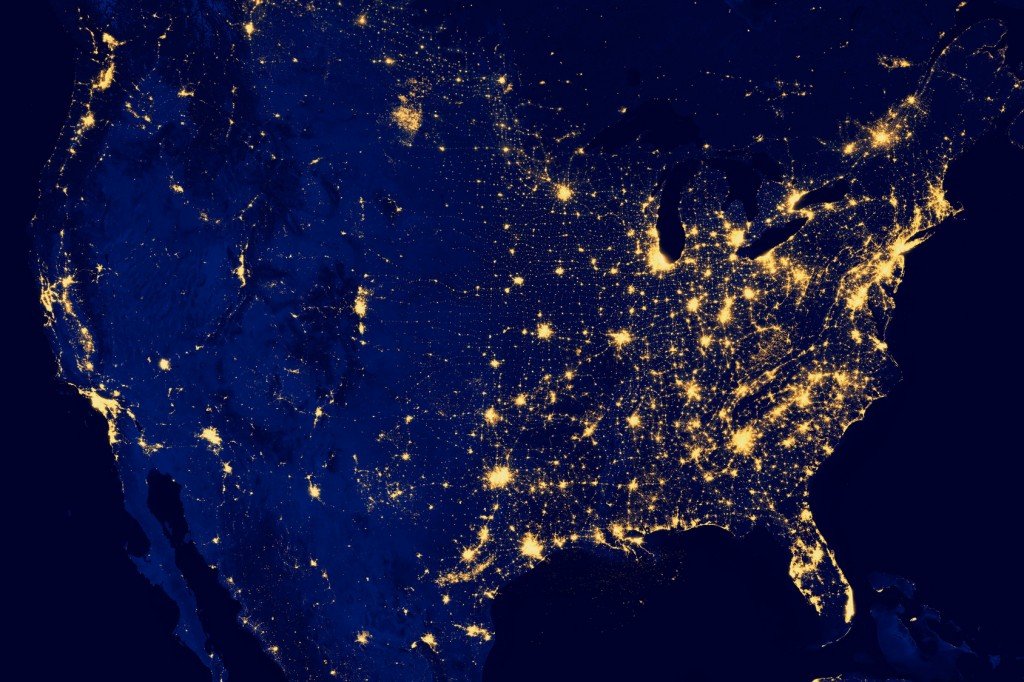
Desert Roads – These objects aren’t the most exciting or visually stimulating, but they are extremely long, and typically cut through spaces that are untouched by the organizing hand of human beings. Therefore, from Low-Earth orbit, astronauts can clearly see the geometrically perfect lines of human roads as they slice through the natural forms and patternless wilderness of a desert. Next time you’re on a hundred-mile stretch of empty desert road on the way to the American west, just remember that your boring highway can be seen by the lonely souls of the ISS.
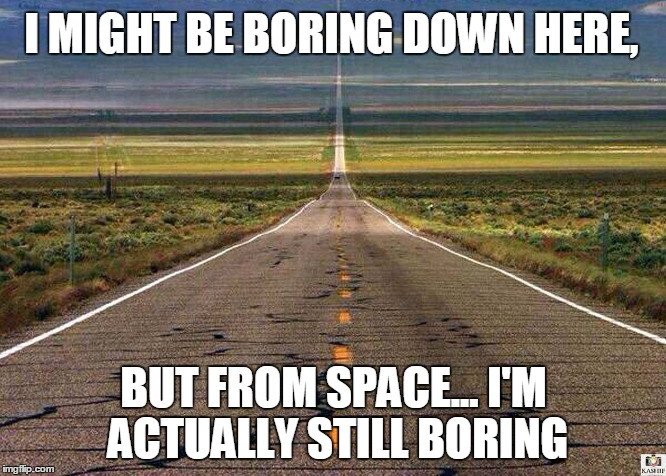
Pyramids of Giza – There are a few caveats to the title of “visible from space”, one of which is whether an object can be seen without a high-powered lens or magnifying camera. The Pyramids of Giza, which were built more than 4,500 years ago, can be seen from space, but it’s very difficult with the naked eye. High-powered cameras have been responsible for most of the shots of the Pyramids that we’ve seen from the ISS. Again, the definition of “space” comes into play here, because while the ISS orbits quite low, most of our communication satellites are more than 100x further away, and from there, the pyramids would be impossible to see.
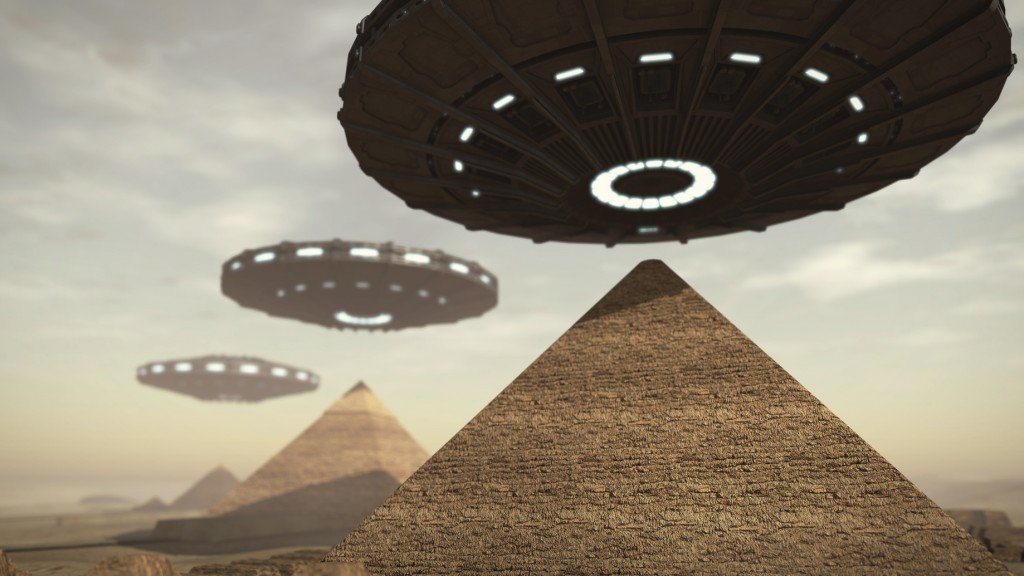
Dubai’s Islands – Most people think of Dubai as the modern playground of the rich and famous, which is largely true. In fact, this hyper-exclusive nation even built a series of artificial islands. There are two massive ones in the shape of a palm tree (aptly named Palm Island), and another section called World Islands, composed of roughly 300 islands that resemble a map of the globe. Palm Island encompasses about 100,000 cubic meters of space, and is the largest artificial island on Earth. Astronauts have been snapping pictures of Palm Island since construction finished in 2006.
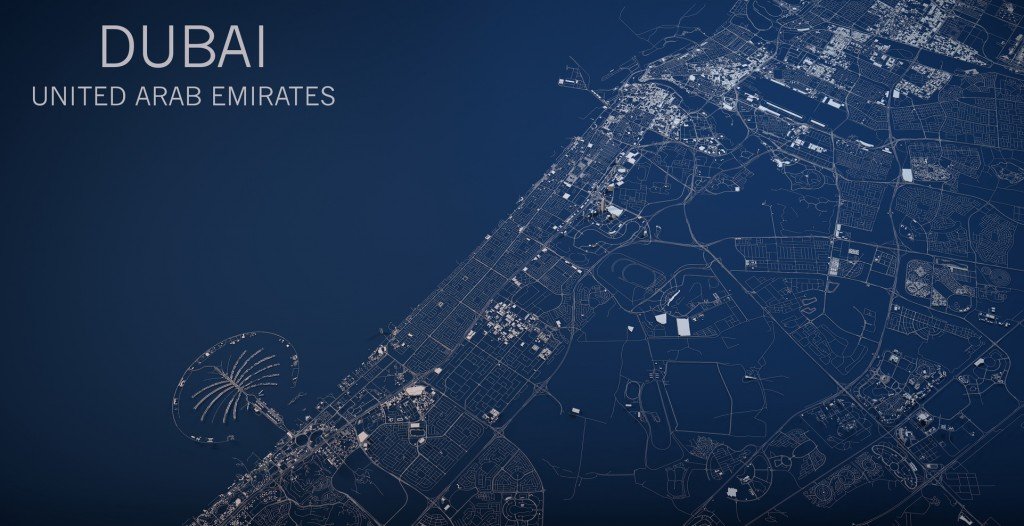
Spanish Greenhouses – Tucked into 64,000 acres on the southern coast of Spain are the legendary greenhouses of Almeira. This tight cluster of plastic greenhouses brings in more than $1.5 billion to the Spanish economy, thanks to their prolific vegetable production. This tightly packed cluster of white-topped greenhouses can be spotted from space!
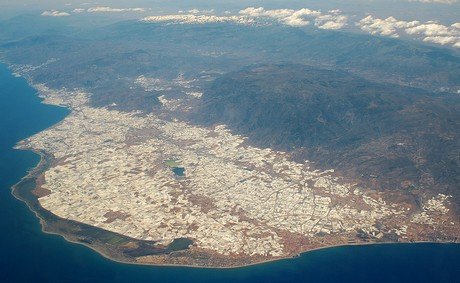
Bridges – The vast stretches of blue water are rather easy to spot from space, particularly around well-known geographic spots, such as recognizable coastlines. When an astronaut peers down from his heavenly vantage point, spying a bridge in the midst of those blue patches isn’t all that difficult. Bridges on land, or crossing smaller bodies of water, is much more difficult, but huge bridges, like the Bang Na Expressway in Thailand, can be seen from Low-Earth orbit.
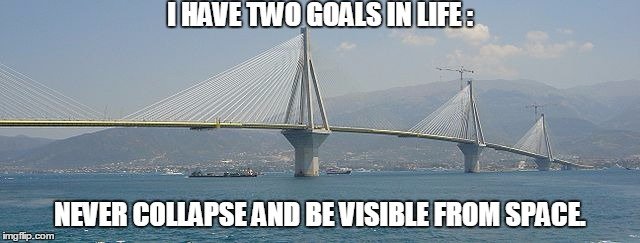
Kennecott Copper Mine – Southwest of Salt Lake City, Utah in the United States, lies an incredibly large hole that can be seen from space – the Kennecott Copper Mine. Known as the world’s largest manmade excavation, it is more than half a mile deep and 2.5 miles wide, and covers a space of roughly 1,900 acres. It has been in operation since 1906, and shows no sign of slowing down, so this particular manmade structure visible from space is only going to keep getting larger!
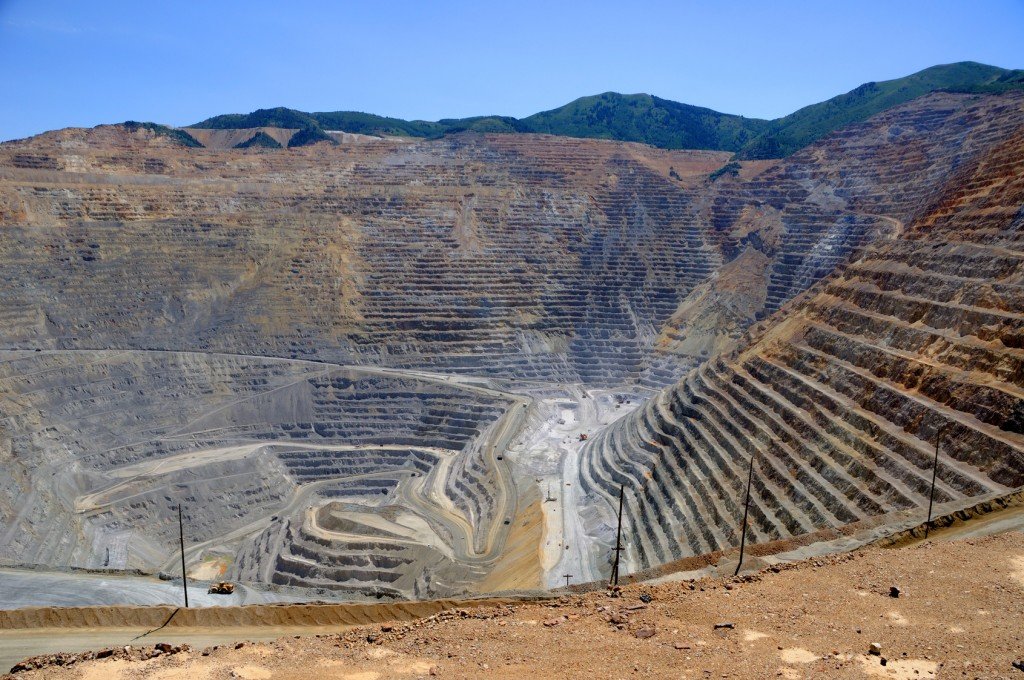
As you can see, our planet has quite a few manmade objects and areas that can be viewed from “space”. However, remember that most of this visibility is only possible from Low-Earth orbit, and typically under very good conditions, and often with the aid of a high-zoom lens. Our bold and innovative species will almost certainly add to this list in the future, but for now, it’s a rather exclusive club.
Just remember, if anyone tries to tell you that something is visible from the moon… they’re severely misinformed!
Also Read: Why Don’t We See Any Satellites In The Pictures Of Earth?
How well do you understand the article above!

